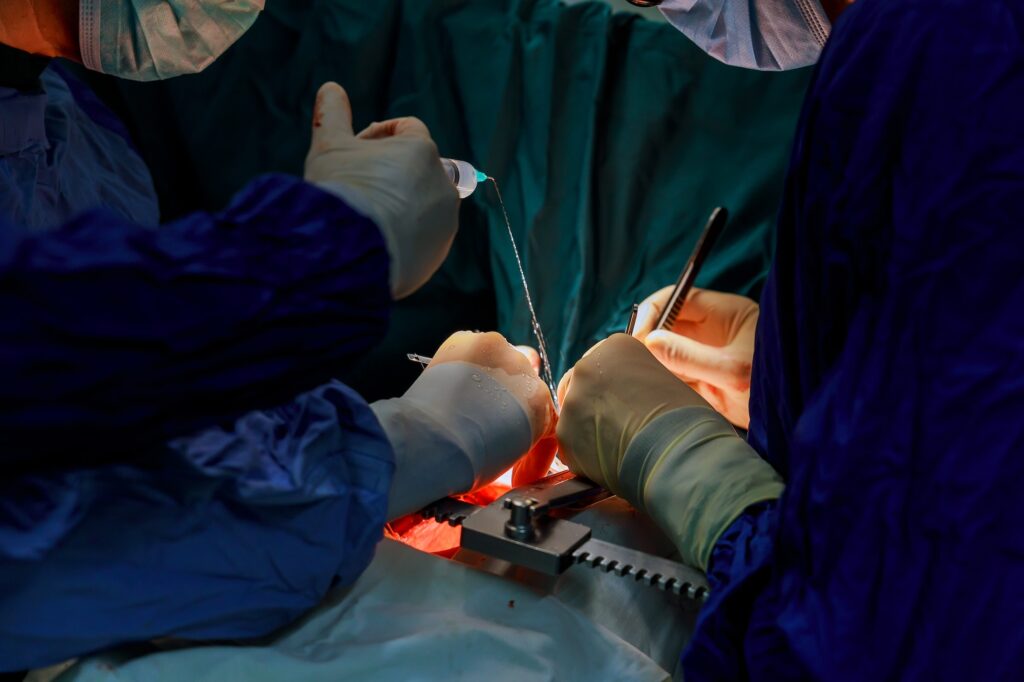Yalova Cardiology
Everything you need to know about your heart health. Your health is entrusted to us with high technology in Yalova.
Treatments
Peripheral Artery Stenosis (Leg Vein)
Peripheral Arterial Disease (PAD) is a common condition affecting millions of people worldwide. PAD is caused by narrowing or blockage of arteries in the legs or other parts of the body and can lead to a variety of symptoms, including leg pain, cramping and numbness. In severe cases, PAD can also increase the risk of heart attack, stroke and other serious health complications.
A common treatment option for peripheral artery disease is a procedure to restore blood flow to the affected area. In this article, we will examine the types of procedures available for peripheral artery stenosis, the risks and benefits of each procedure, and what patients can expect during recovery.
Types of Procedures for Peripheral Artery Stenosis
Several types of procedures are available for peripheral artery stenosis, including
Angioplasty and Stenting
Angioplasty is a minimally invasive procedure that uses a balloon catheter to widen the affected artery. The surgeon inserts a small balloon catheter into the artery and inflates it to widen the artery and improve blood flow. In some cases, a small mesh tube called a stent may be placed to keep the artery open.
Atherectomy
Atherectomy is a minimally invasive procedure that uses a catheter to remove plaque buildup in the artery. The catheter has a small rotating blade or laser that removes the plaque and restores blood flow to the affected area.
Benefits of a procedure for Peripheral Artery Stenosis
As with any surgical procedure, there are risks and benefits associated with the procedure for peripheral artery stenosis. Some of the benefits of the procedures include:
Better blood flow to the affected area
Reduction in symptoms such as leg pain and cramps
Reduced risk of serious health complications such as heart attack and stroke
Some of the risks associated with the procedure for peripheral artery stenosis include
Infection
Bleeding
Damage to the affected artery or surrounding tissues
Blood clots
Allergic reaction to anesthesia or contrast dye
It is important for patients to discuss the risks and benefits of the procedure with their doctor to determine the best course of treatment for their individual needs and health status.
Recovery and Follow-up
The recovery time will depend on the type of procedure performed and the patient’s general state of health. After the procedure or a minimally invasive procedure, the patient may need to stay in hospital for a day or two to allow for monitoring and recovery. The patient will be advised to avoid strenuous activities and heavy lifting for several weeks after the procedure.
Patients will need to follow up with their doctor regularly to monitor the health of the affected artery and assess the risk of serious health complications. This may include regular imaging tests and lifestyle changes such as a healthy diet, exercise and not smoking.
Conclusion
Peripheral artery stenosis can cause a variety of symptoms and increase the risk of serious health complications. However, effective treatments are available, including operation and minimally invasive procedures. Patients should discuss their options with their doctor to determine the best course of treatment for their individual needs and health condition. By taking steps to manage peripheral artery disease, patients can reduce their symptoms

